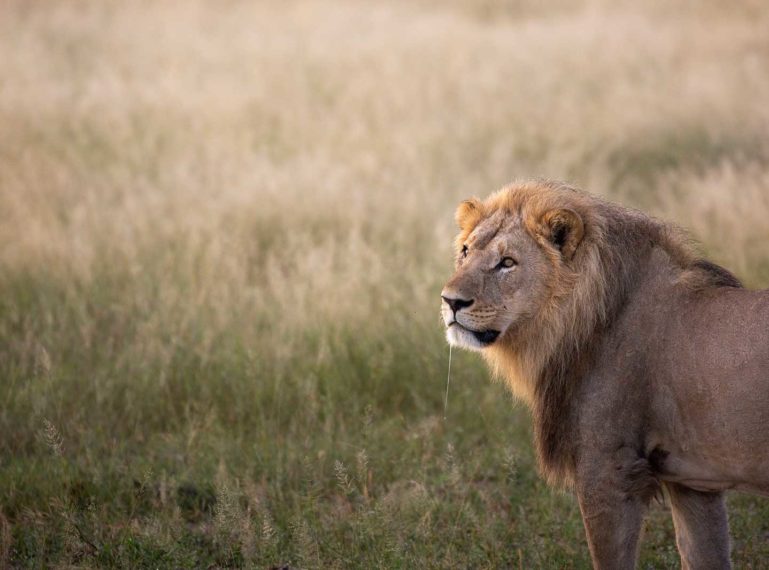
A mega-pride of 30 lions in the Savuti region of Chobe National Park were forced to adapt and survive when the Savuti channel dried up and caused mayhem in one of the wildest regions of Africa. The lack of water and succulent abundant greens led to a rapid decline in ungulate population numbers, which drastically affected the supply of food for predators. Combined with the lack of water, was the double-blow of the harsh and unforgiving winters of the Savuti. This mega-pride of lions knew that they had to survive against all odds, so they targeted a species in abundance in Botswana : elephants. And so the elephant killing lions of the Savuti were born out of necessity for survival.
The Savuti is a place of mystery and intrigue; and is known for its fascinating geography. Tectonic plate movement causes erratic flow of water to the Savute Marsh and dried up for some 28 – 30 years causing herbivores great distress, and predators angling for opportunities to feed on whatever prey was readily available. These conditions certainly carved the path for a new type of prey to target – elephants. These grey giants certainly provide enough meat to feed a massive pride of lions, which can sustain them until the next take down.
The Marsh Pride of lions successfully took down an estimated 74 elephants during a 3 year period. A learned behaviour that is woven into the genetics of their offspring, and still observed during the Chobe’s biting and unforgiving winter season. The elephants that were targeted were the young or the weak within the herd. Desperation for food meant that the lions had to evolve, and gain necessary skills to take down prey. The behaviour went against what textbooks teach us about the type of prey that lions hunt. There’s also a massive risk of injury when a lion takes down take down a tusker. There are, of course, isolated cases of lions targeting prey such as hippo, rhino and elephants; but it’s not commonplace.
This is the reason why so many wildlife enthusiasts and filmmakers flock to the Savuti region to observe and document the unique lion behaviour. Two conservationists, Dereck and Beverly Joubert, are leading experts when it comes to the significance of the lions of the Savuti. A history that can be uncovered in their book, Hunting With the Moon: The Lions of Savuti. The lions of Savuti have also appeared in landmark series such as BBC Earth’s ‘Dynasties’ and Animal Planet’s ‘ Big Cat Tales’.
When tumultuous times arise and the easy prey sources are scarce, the offshoots of the Marsh Pride know full well that they are capable of hunting elephants. It’s in their DNA. While Teagan was on assignment at Camp Savuti, she spotted a massive burly male patrolling and advertising his territory. This king was part of the famous Marsh Pride and seemed to be in search of his brother, and older male with a greying mane. It appeared like the ruthless duo were patrolling an area home to a lioness and her cub. The lioness was probably keeping her cub stashed away in a safe area, until it’s ready to be revealed to the rest of the pride. There was even a Natural History vehicle filming the area – proof that the lions of the Savuti are still revered.
The Savuti remains the best place to view this incredible, yet horrifying interaction between two of the big five. It’s gruesome and savage, but entirely necessary for the survival of a top predator. Around Camp Savuti sightings of the bloodline of the Marsh Pride are seen, and it’s fascinating knowing that you’re face-to-face with the infamous brutish lions of the Savuti!
In 2014 when there was flow again, the landscape drew in more herbivores and life as we know it was replenished. The pride spilt up and is now mainly divided into the Northern Pride and the Marsh Pride. Teagan was certainly lucky enough to see these famous lions.
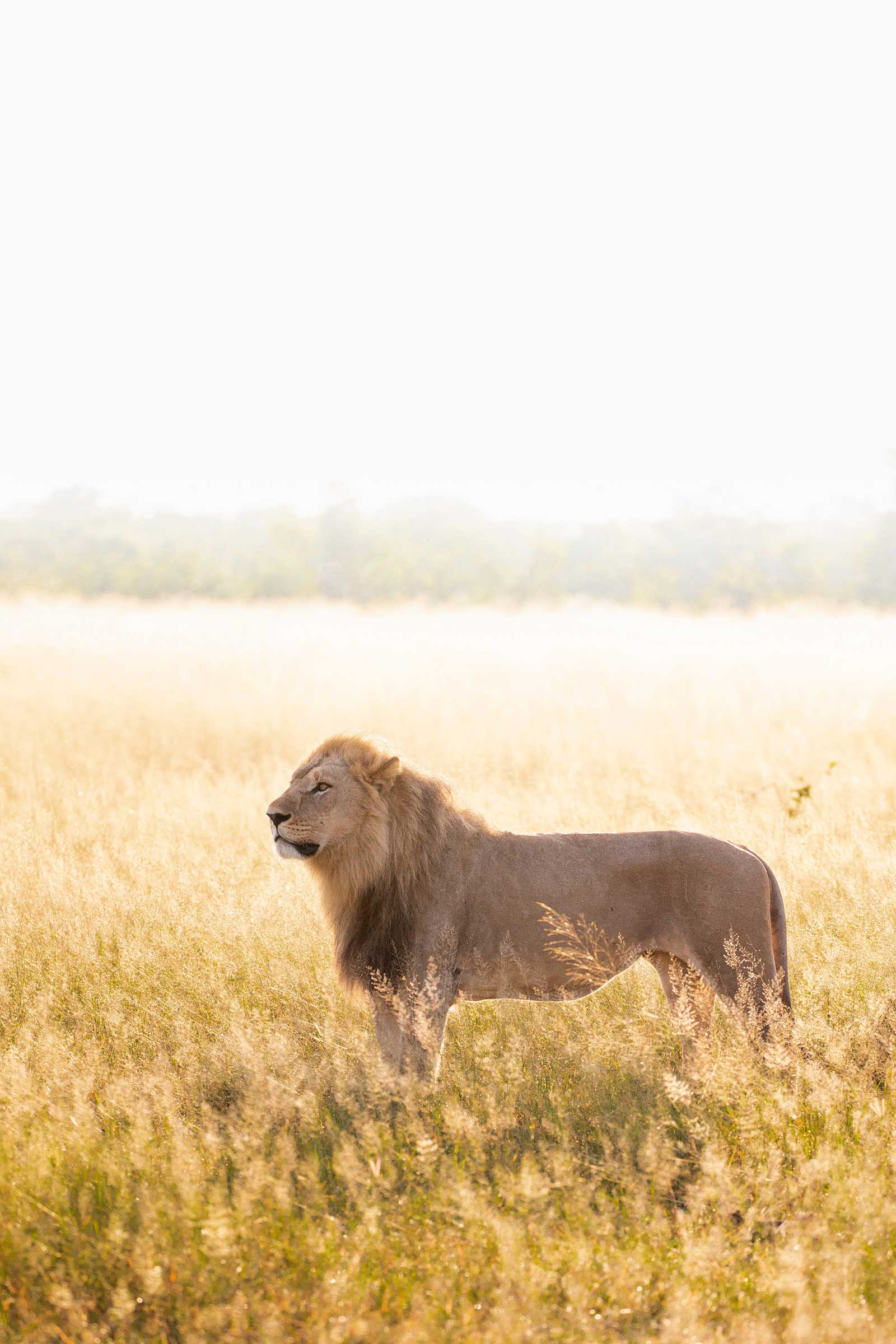
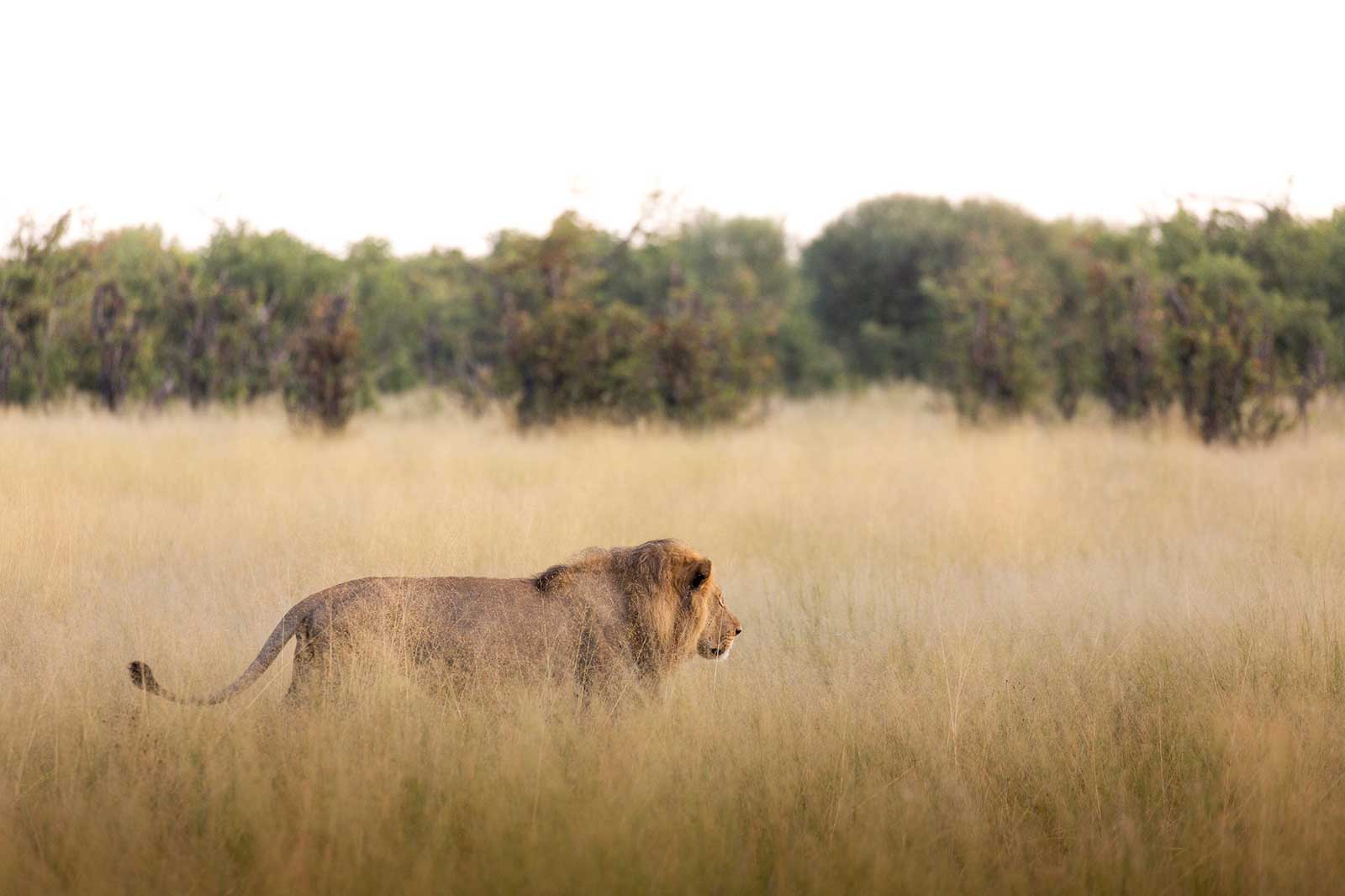
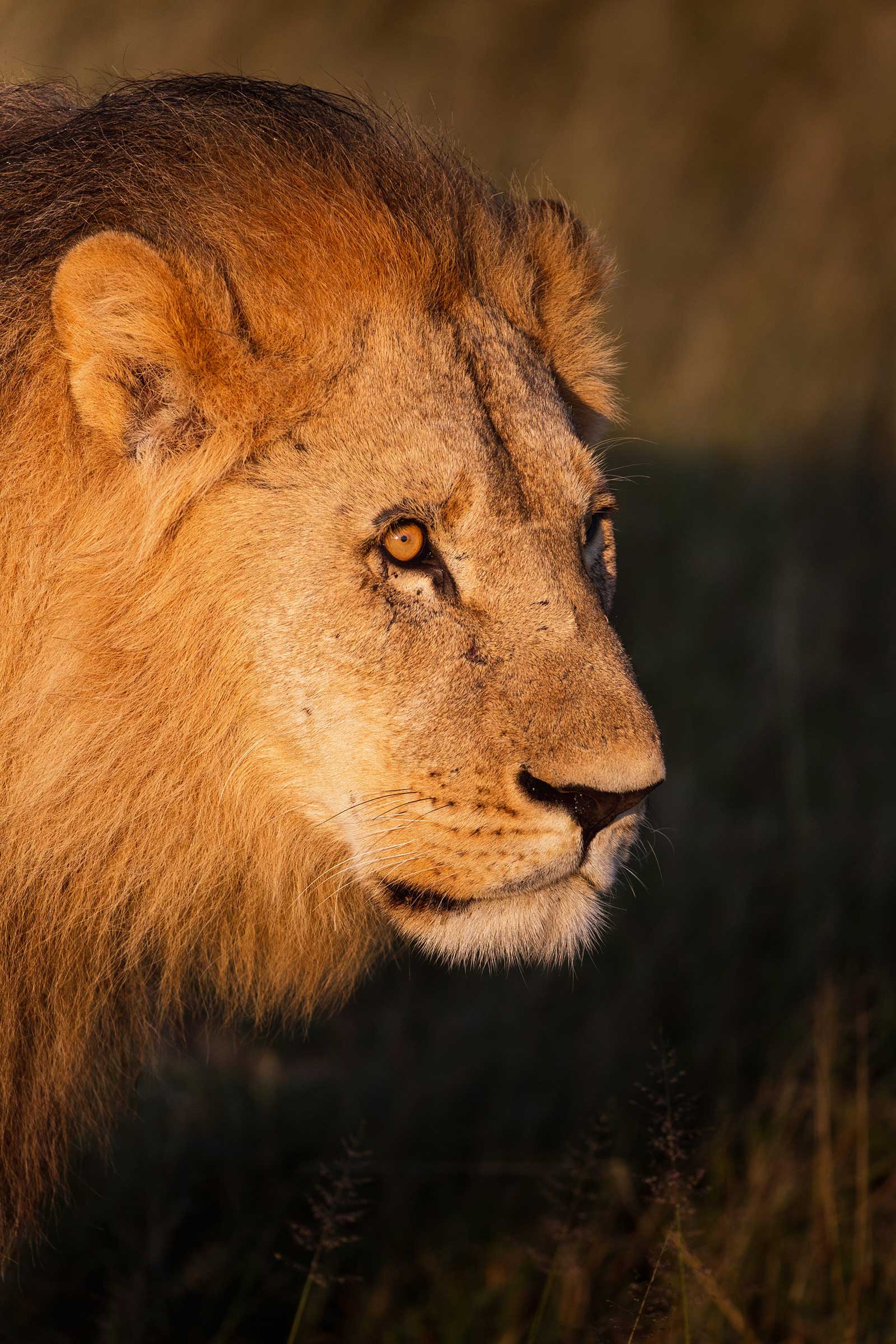
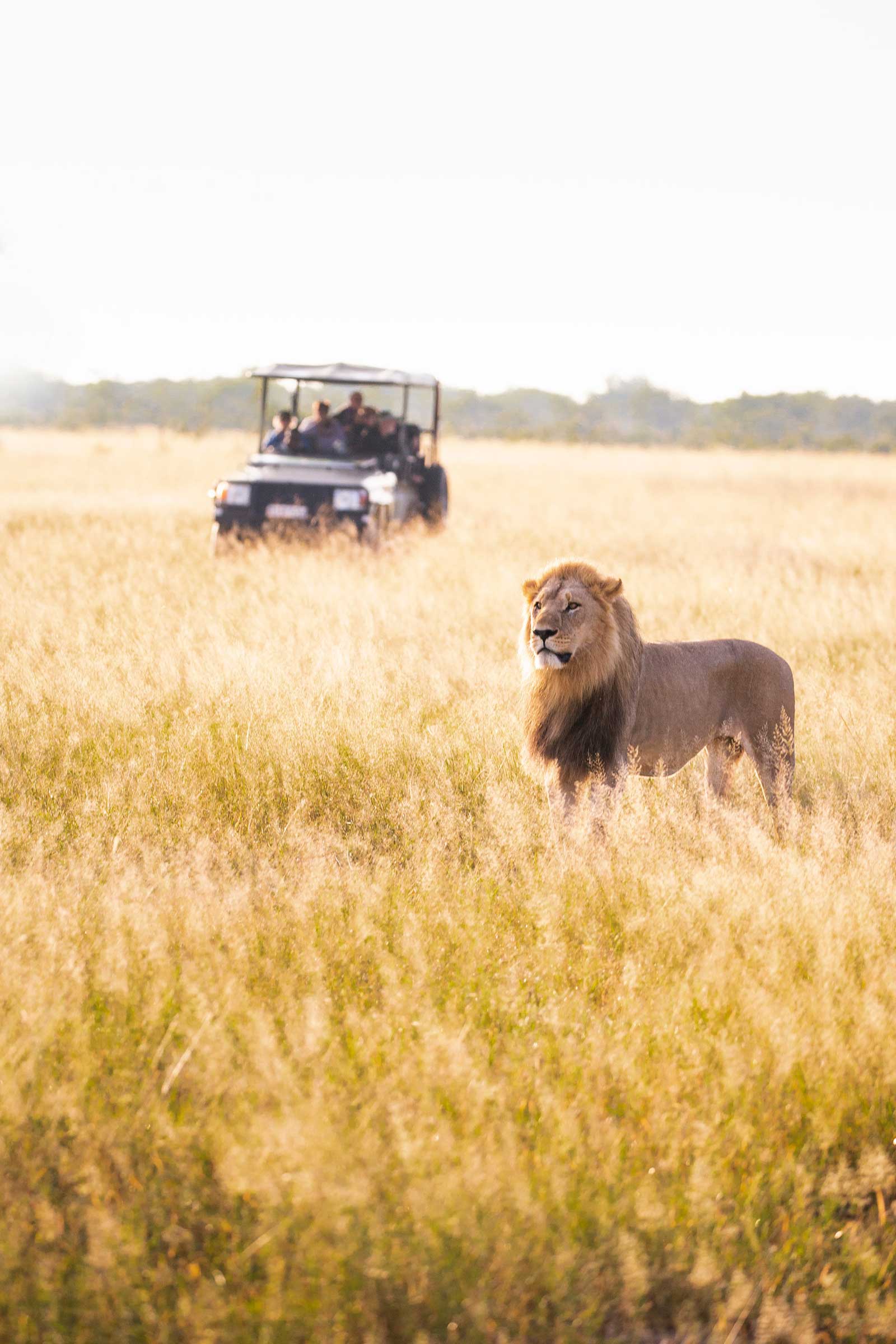
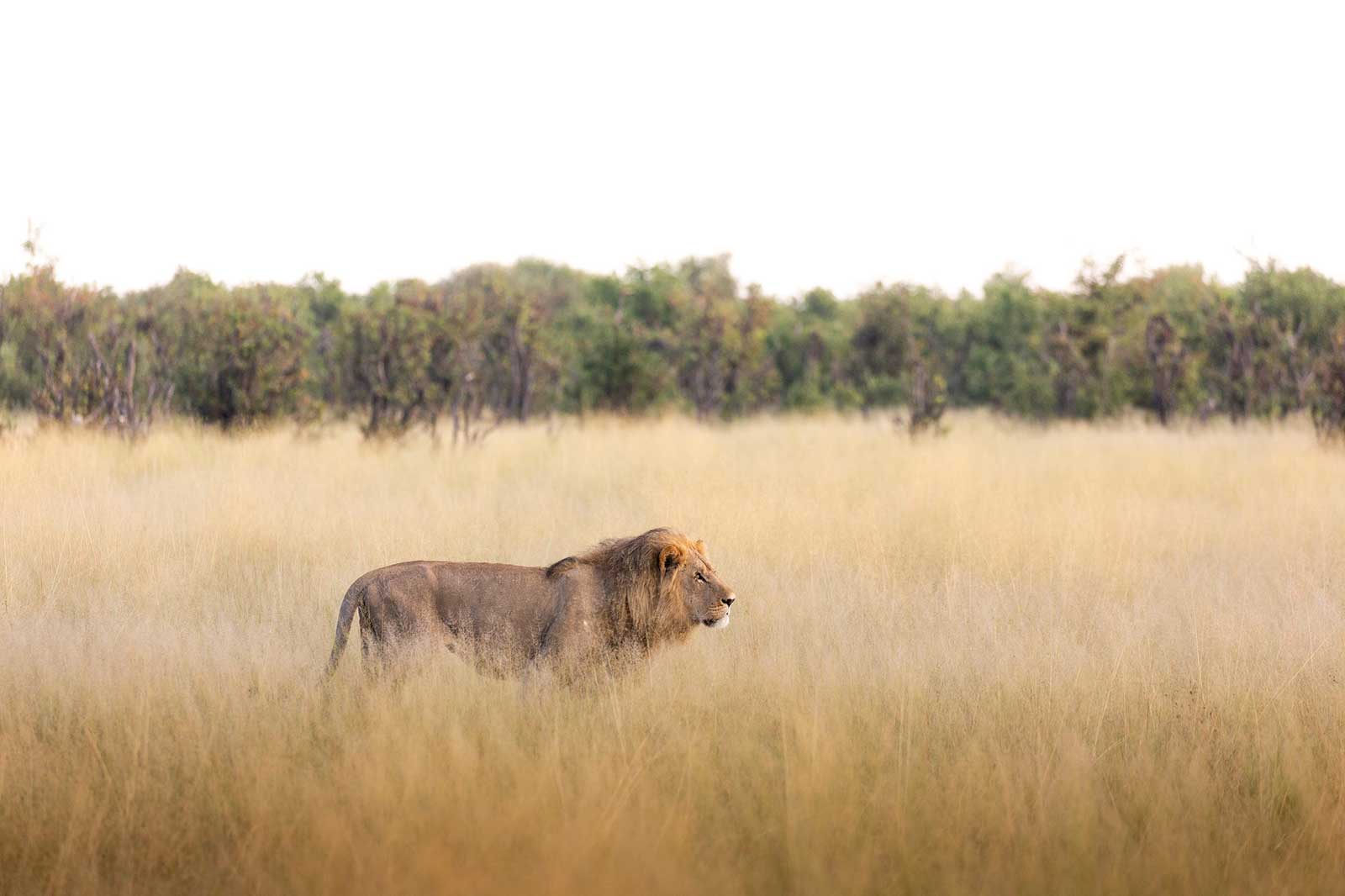
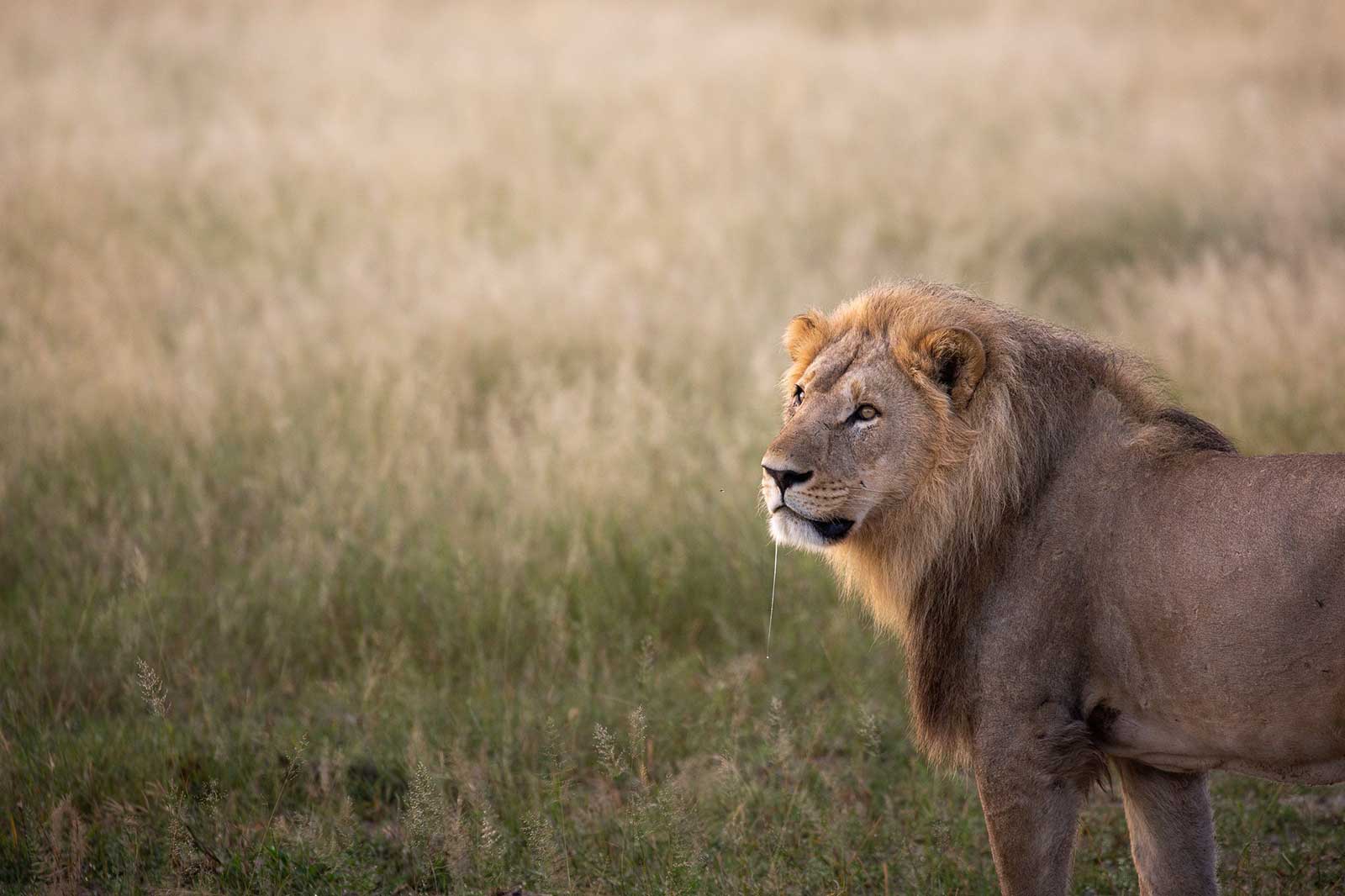
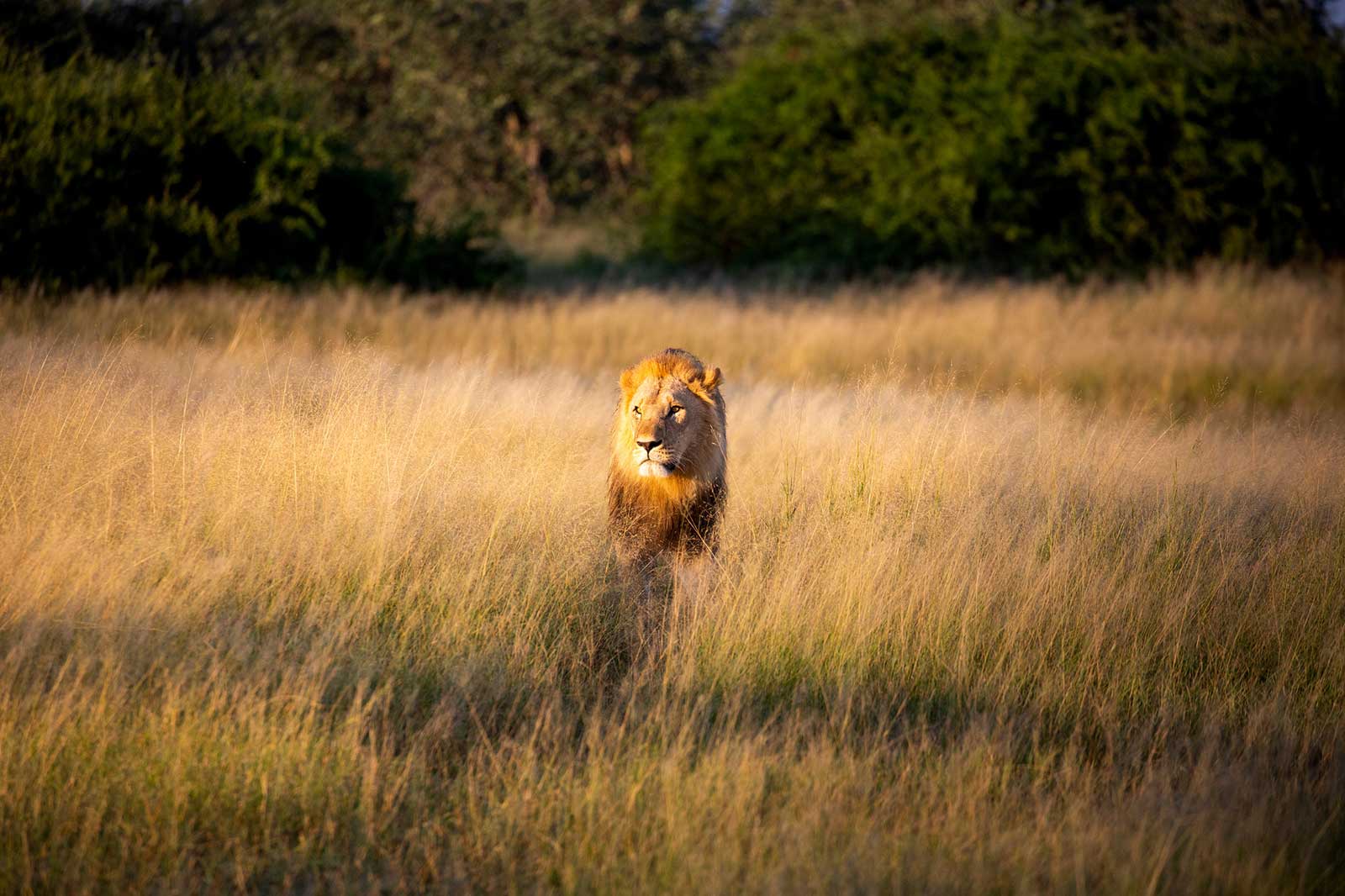
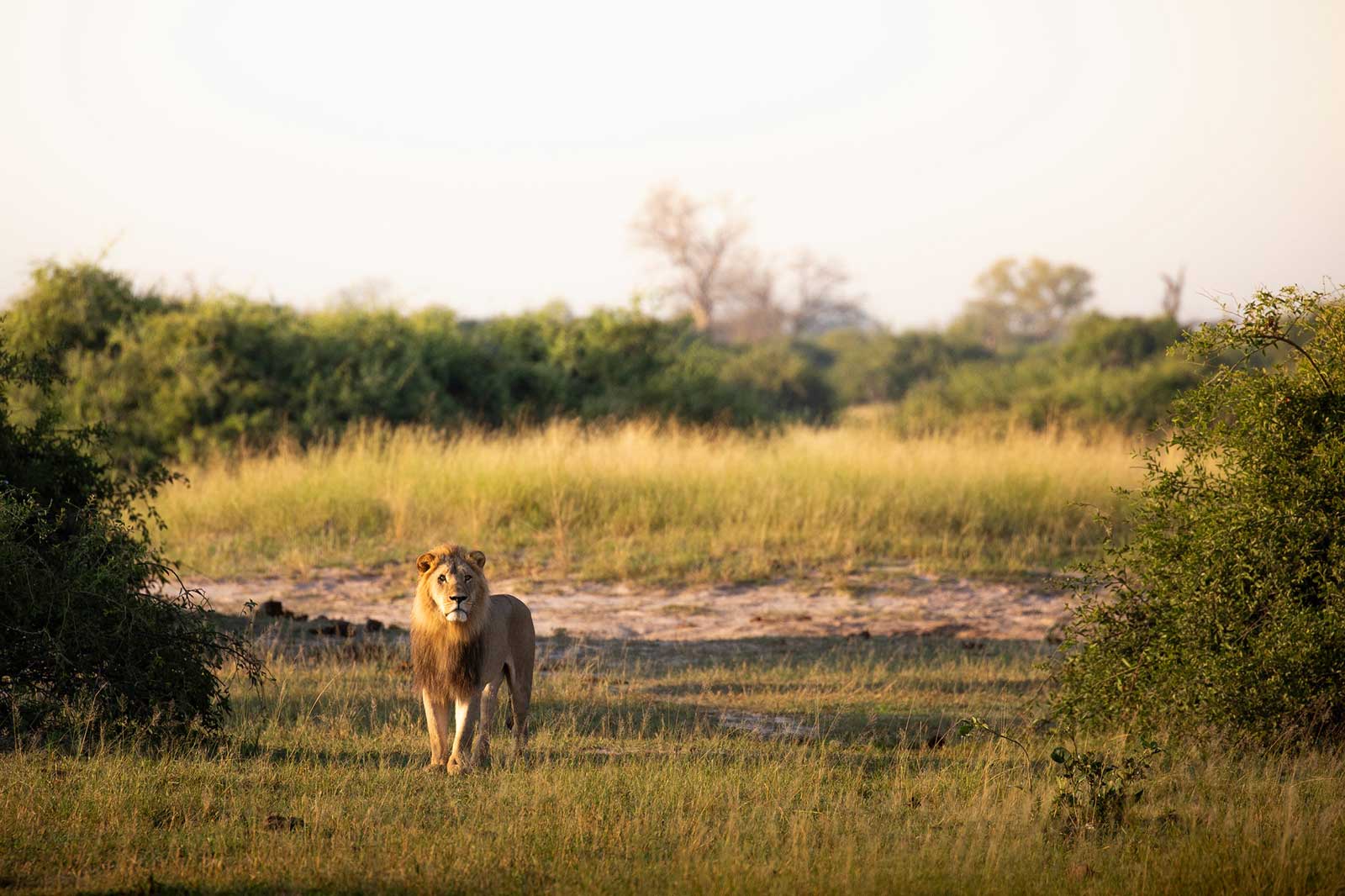
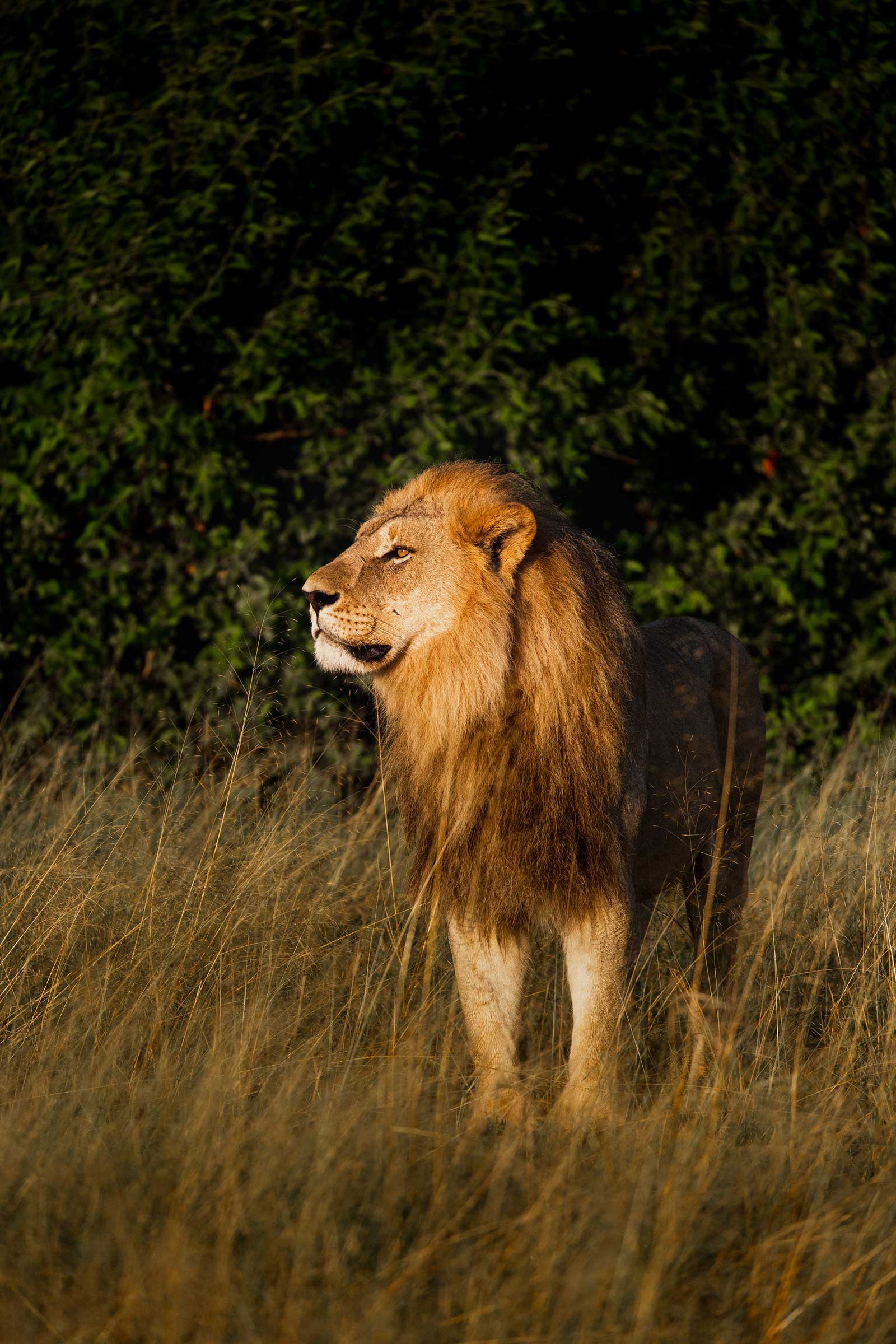
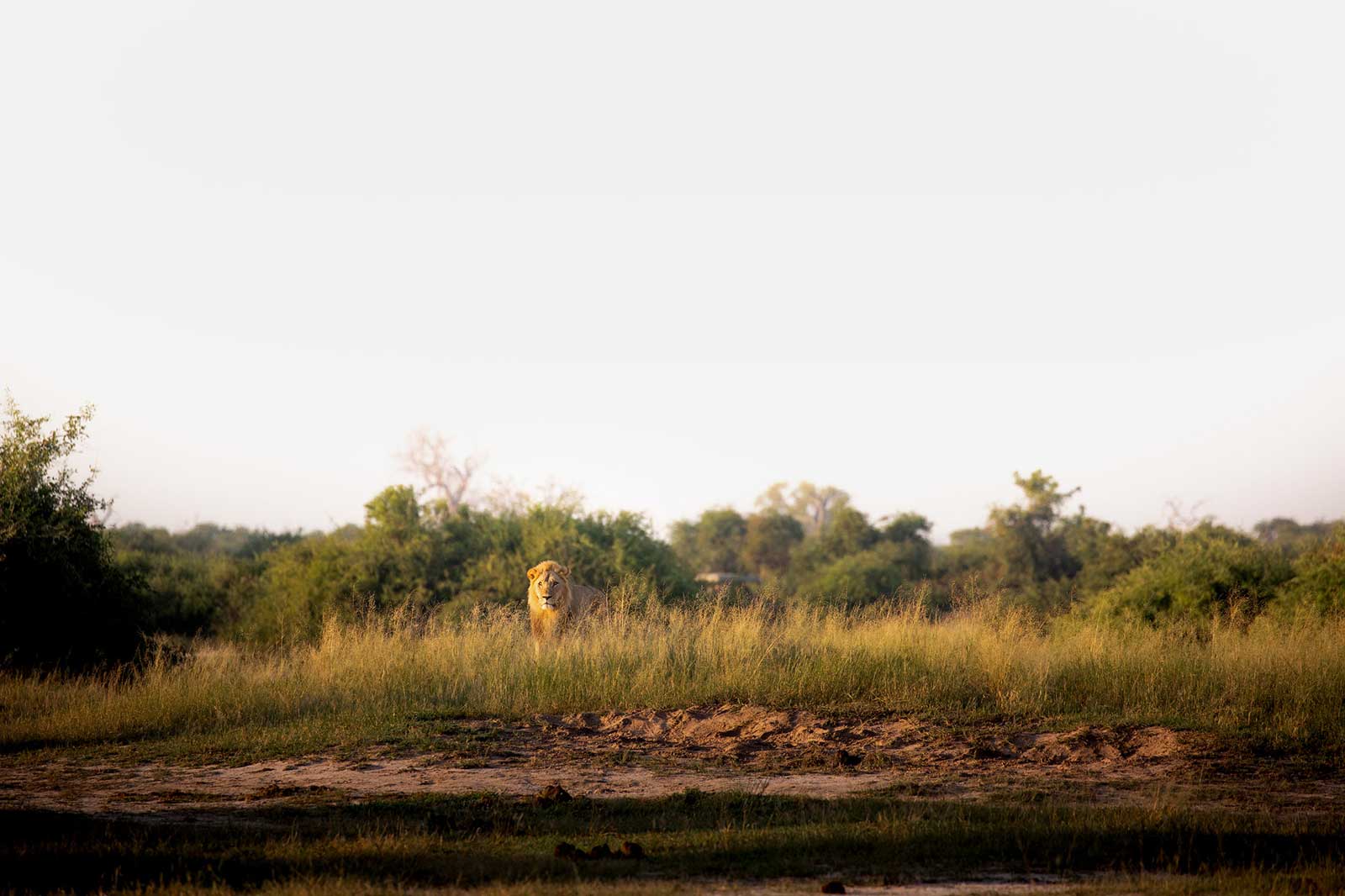
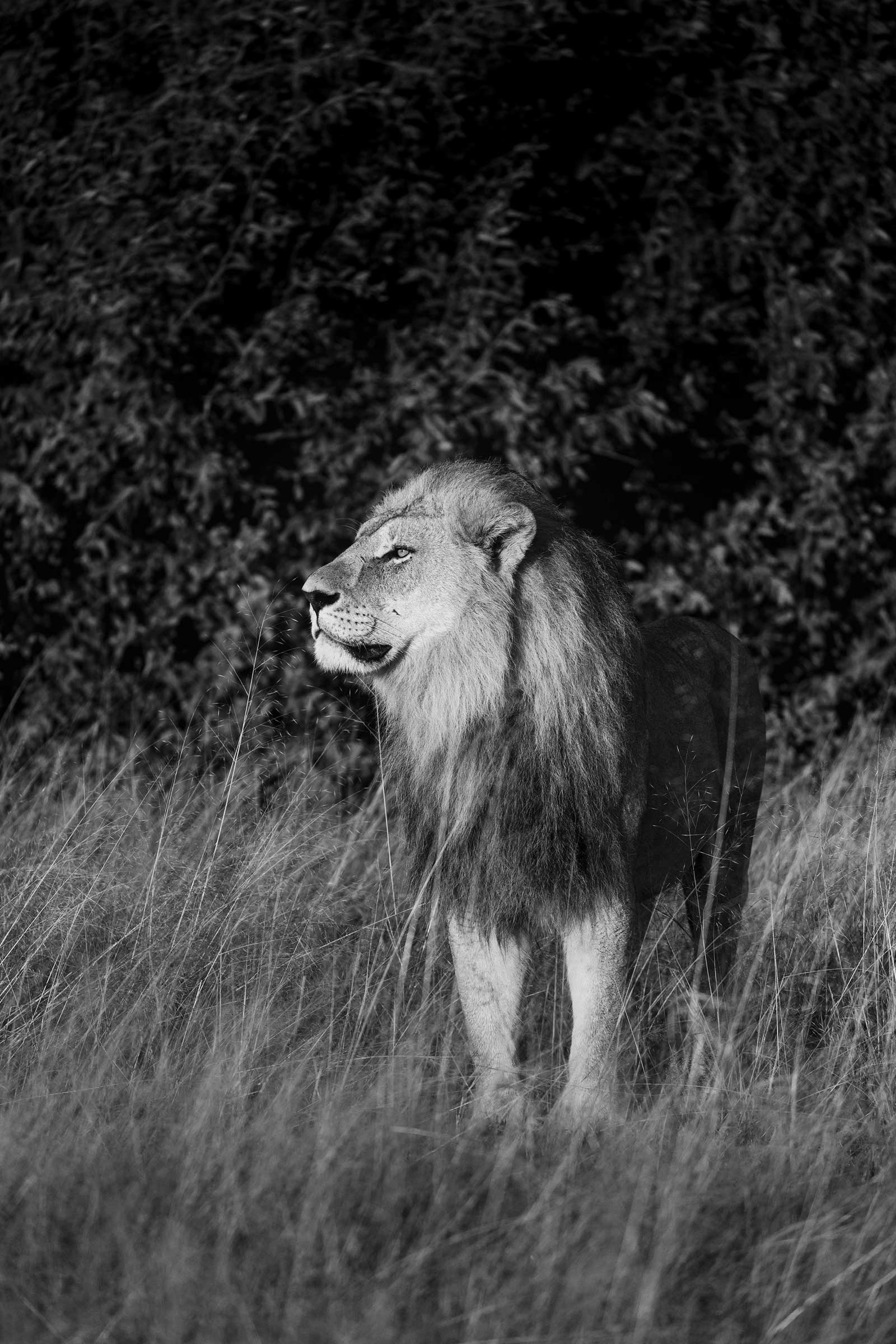
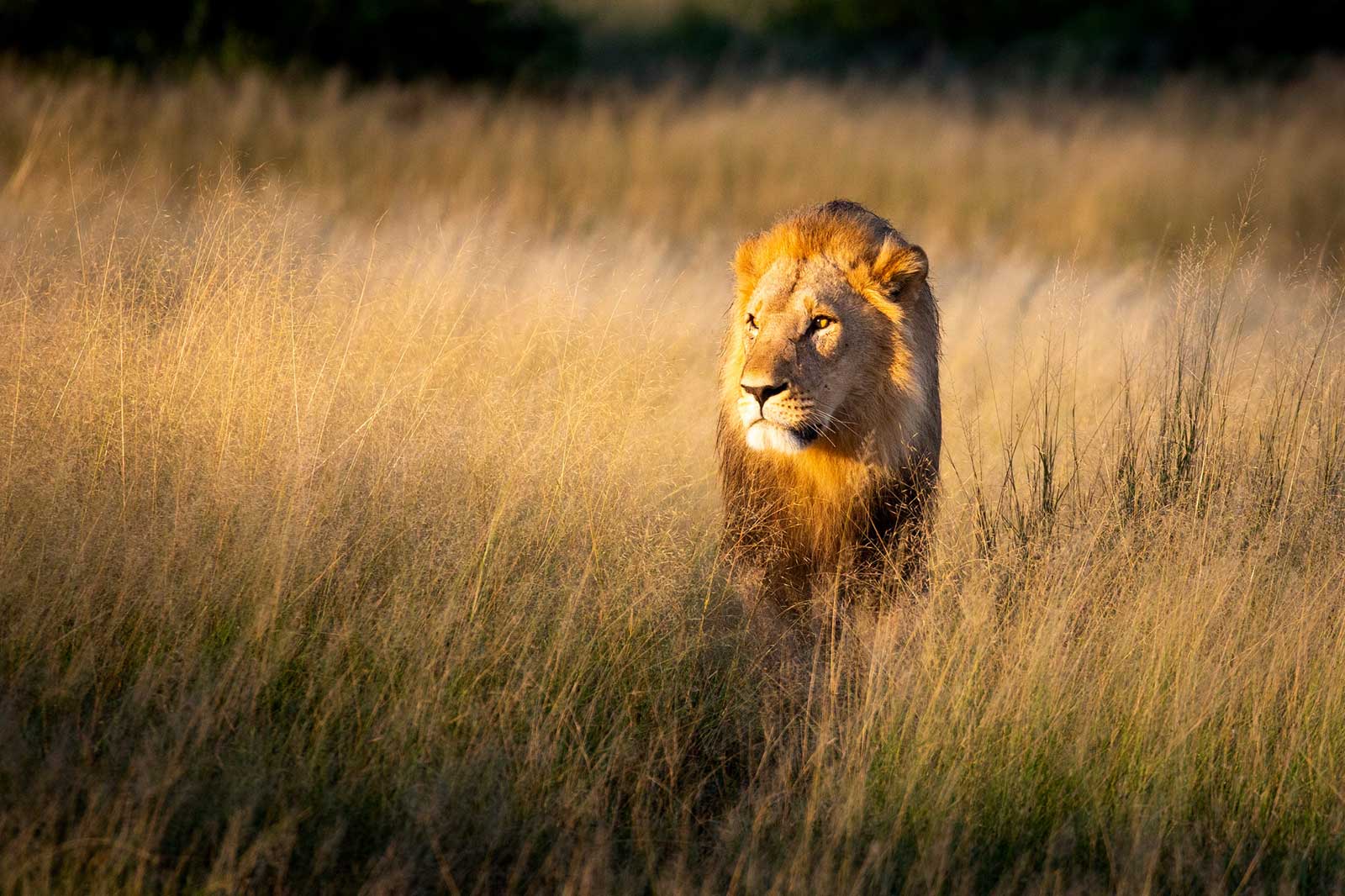
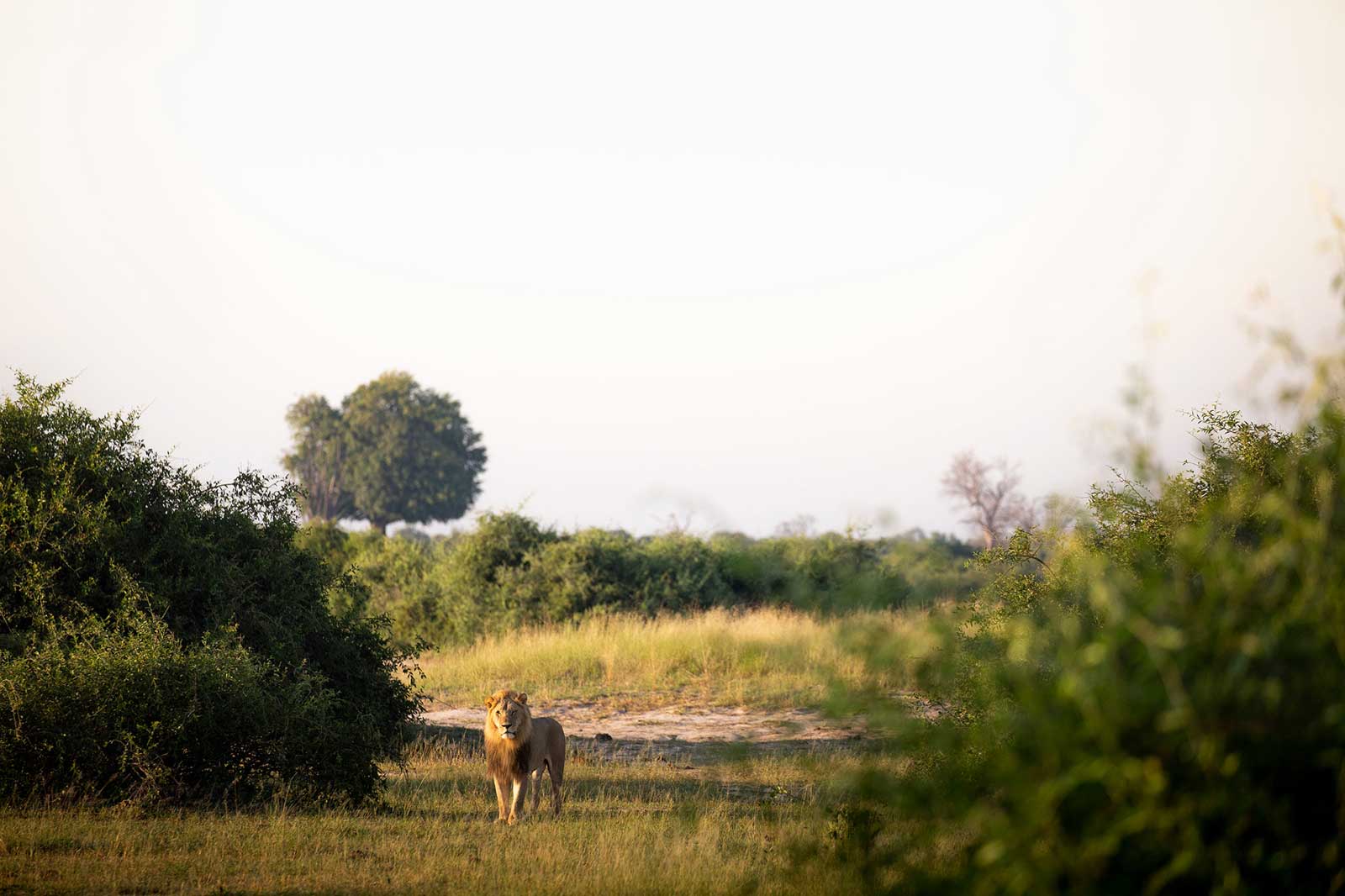
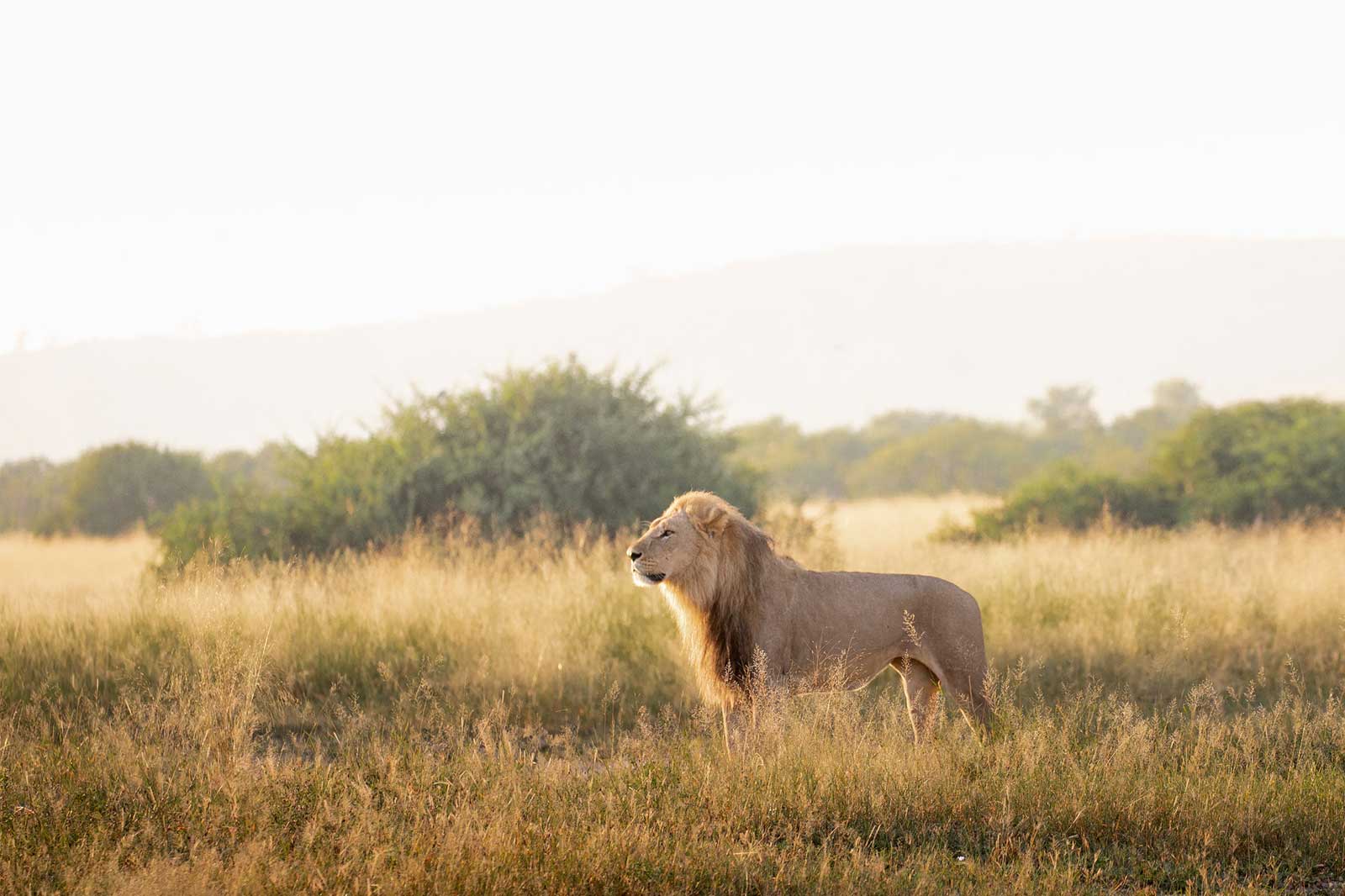
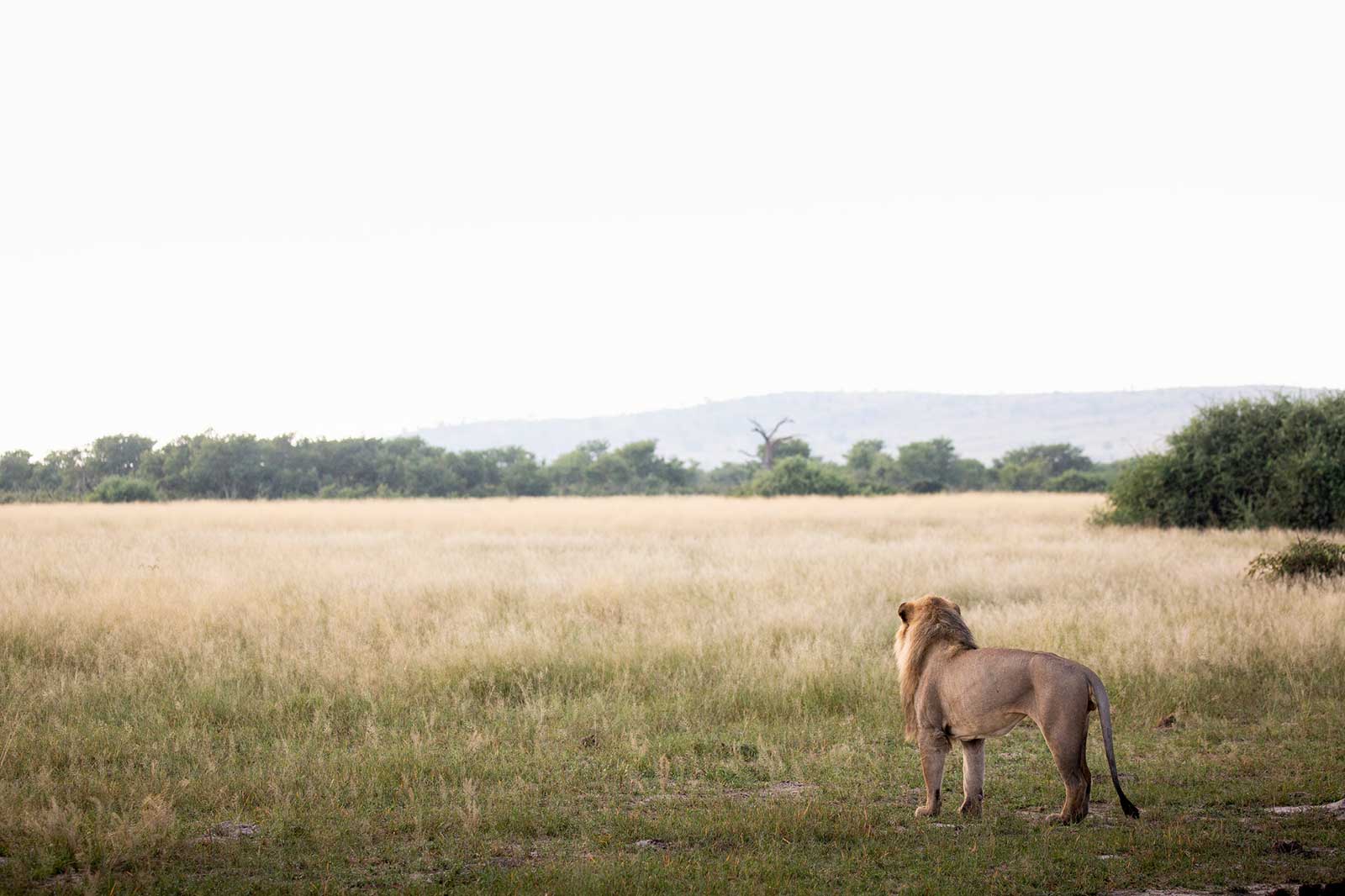
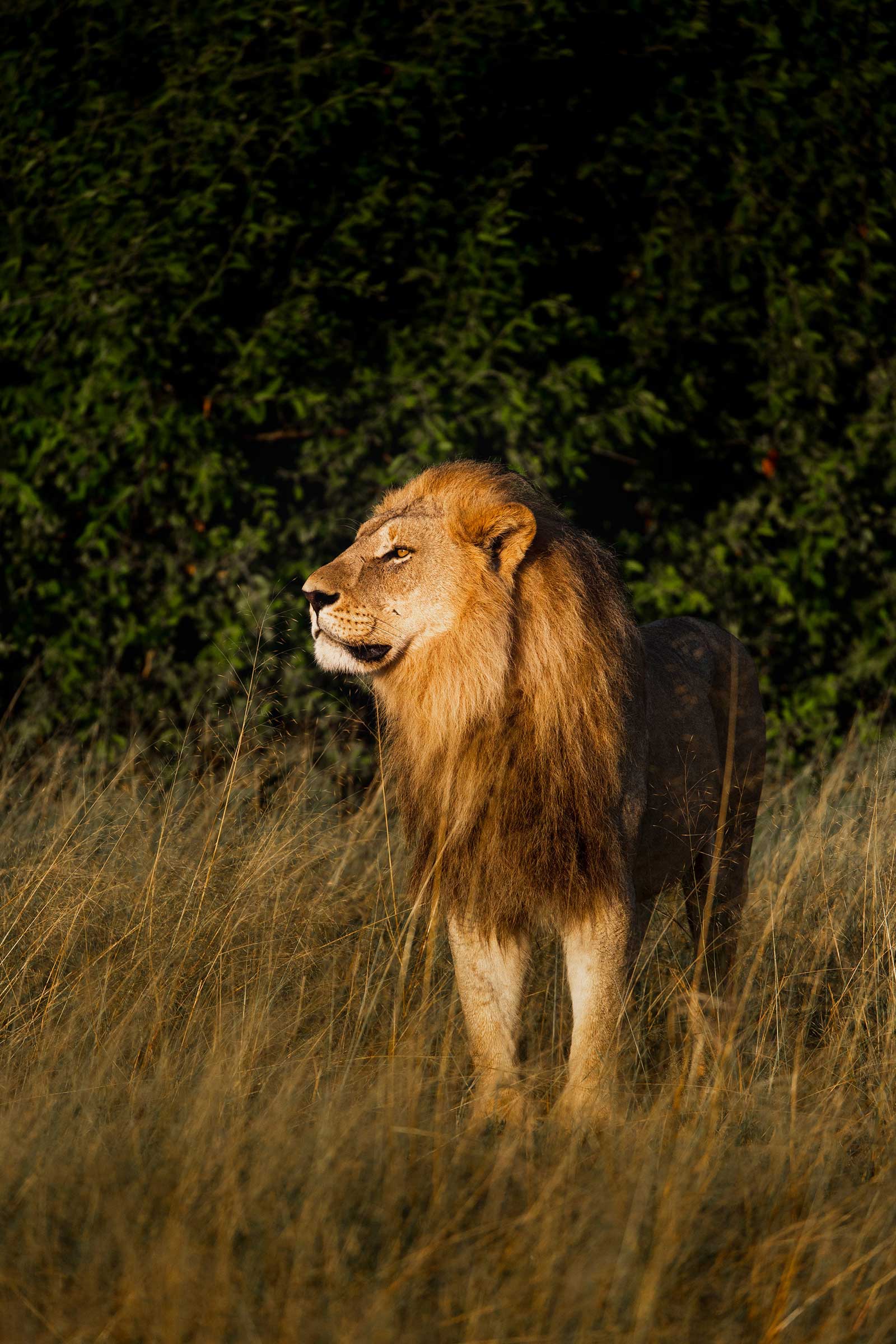
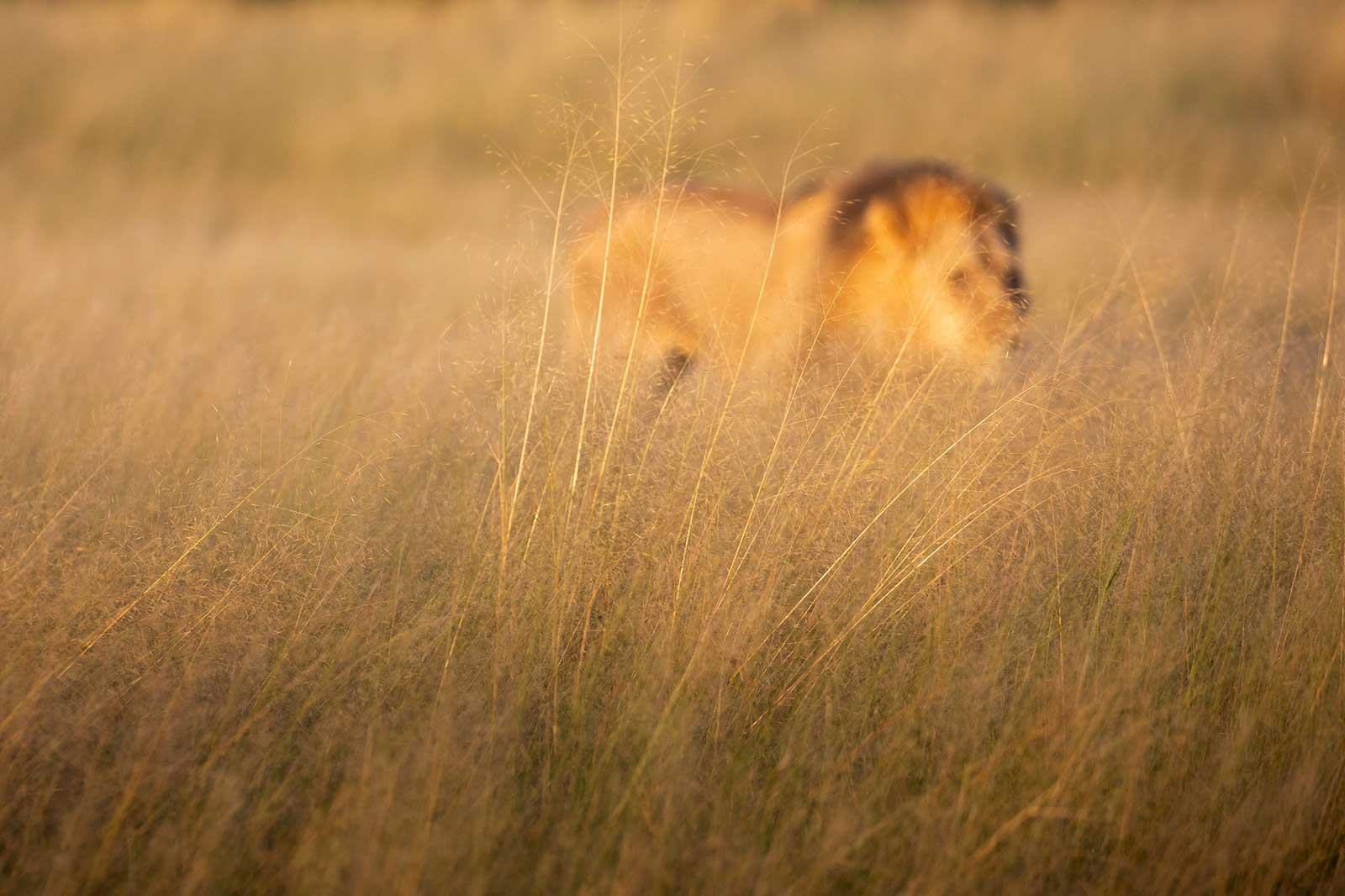
Leave a Comment